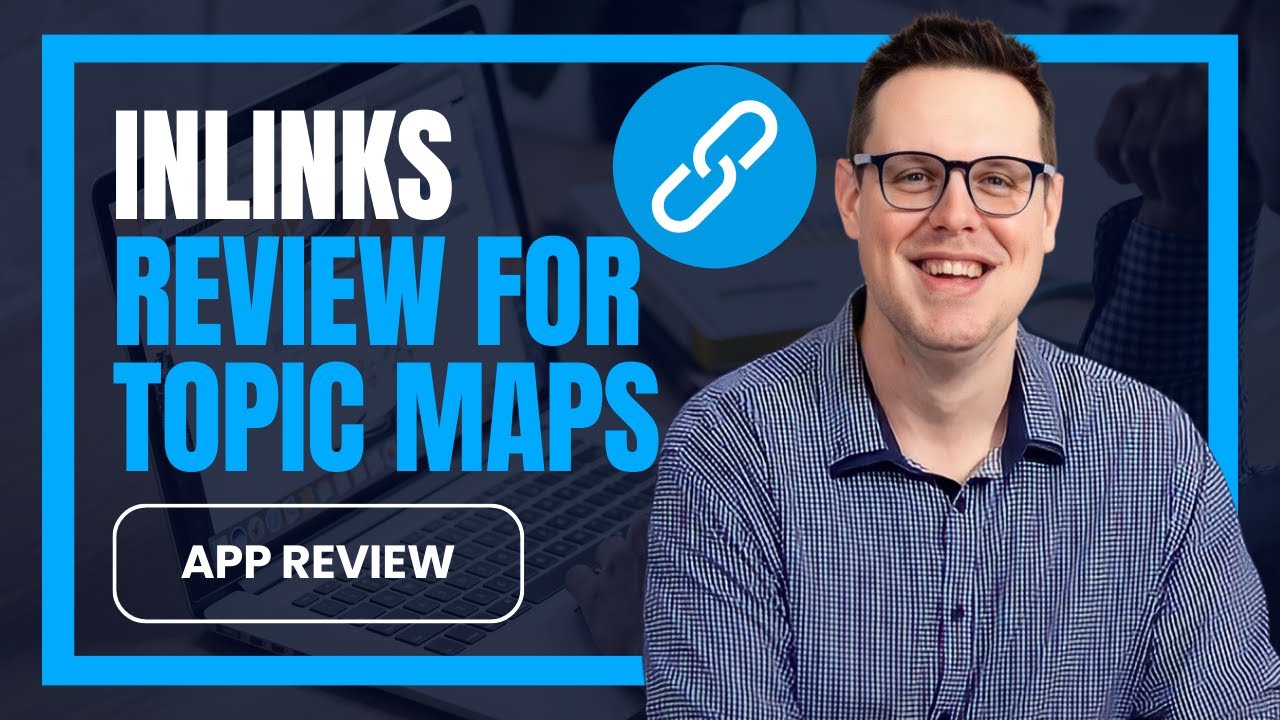Hey there! In this article, we’re diving into an in-depth review of the SEO tool called inLinks. Created by Dixon Jones, a renowned SEO expert, it’s designed to help you with topical maps, content ideas, and content writing. The tool does a lot of the heavy lifting for you, analyzing different topics discussed on your website and providing suggestions for creating site maps and improving topical relevance. It also offers features like the content planner, which identifies keywords to target based on the semantic connections and distances between words on your website. Overall, inLinks seems like a robust tool for those looking to enhance their SEO efforts through effective topical mapping and content creation.
Introduction
In this article, we will take a comprehensive look at inLinks, an SEO tool designed for topical maps, content ideas, and content writing. Created by Dixon Jones, a renowned SEO expert and author of the book on entity SEO, inLinks offers a wealth of features and capabilities to enhance topical relevance and assist in creating effective site maps for websites. We will dive into the various features of inLinks, exploring how it can simplify content planning, improve internal linking strategies, and optimize schema creation. So, let’s begin our exploration of this powerful SEO tool!
Overview of inLinks
Before we delve into the specific features of inLinks, let’s first understand the concept of topical maps and its significance in content writing. Topical maps are visual representations of the topics discussed on a website, offering a holistic view of the various subject areas covered. They help to ensure comprehensive coverage of relevant topics and enable search engines to understand the topical relevance of a website’s content.
inLinks simplifies the process of creating topical maps by automating the identification and organization of topics on a website. Unlike other tools that require specific text inputs for analysis, inLinks visits all pages of a website, making the process more convenient and efficient. This means that sites with large numbers of pages can benefit from inLinks’ comprehensive analysis and topical mapping capabilities.
Features of inLinks
Topic Section
One of the key features of inLinks is the topic section, where users can visualize the topic wheel of a website. By clicking on the “display topic wheel” option, users can see all the different topics that have been discussed on a specific website. For example, when analyzing a divorce law website in Australia, the topic wheel reveals topics such as child custody, dispute resolution, domestic partnerships, and more.
inLinks leverages Google’s Natural Language Processing (NLP) API to identify relevant topics within the website’s content. The green signs on the topic wheel indicate where Google’s NLP has recognized the same topic. This feature ensures that essential topics related to divorce and family law, such as caregiver sharing and cohabitation, are identified accurately.
It is important to note that while inLinks does a commendable job at topic identification, it is crucial to avoid getting stuck in a single corridor of topics. Diversifying the topics discussed on a website helps to maintain balance and avoid overemphasizing certain aspects. By comparing site maps of competitors, users can gain insights into the topics covered and make informed decisions regarding their own topical relevance strategy.
Sitemap Exploration
Another valuable feature of inLinks is sitemap exploration. This feature allows users to analyze the pages of a website and identify the topics they discuss. By importing a sitemap, users can explore the topics covered on each page and gain a comprehensive understanding of the website’s content.
Utilizing Google’s NLP API, inLinks analyzes the text on each page and identifies relevant topics. This information is then compared to other pages within the website, allowing users to identify similarities and differences in the topics discussed. This comparative analysis helps users ensure comprehensive topic coverage across the website.
Users also have the option to compare their sitemap with that of competitors in order to gauge topical relevance. Manually comparing site maps in a tool like Photoshop can provide valuable insights into the emphasis placed on specific topics by competitors. This information can then be used to refine and improve topical relevance strategies.
Content Planner
The content planner feature of inLinks is particularly valuable for content creation and ideation. It helps users find relevant topics to write about, assess the keyword search volume for each topic, and prioritize topics based on semantic distance and existing content on the website.
By suggesting topics such as the divorce process, divorce application, and divorce hearing, inLinks provides valuable insights into the keywords and topics that users should consider covering. These suggestions are based on the semantic distance between words and topics already present on the website. This ensures that users are not only covering essential topics but also optimizing the topical relevance of their content.
The content planner also enables users to add keywords of their choice and display their search volume. By adding keywords to the content queue, users can create a brief for each keyword, facilitating the content creation process. This feature is particularly beneficial for SEO agencies, as they can present a well-defined content plan to their clients.
Entity-focused Approach
inLinks sets itself apart from other tools by taking an entity-focused approach to topical relevance. Rather than solely relying on keyword frequency, inLinks considers the semantic connections and distances between words to determine the most important entities to cover in an article.
While other tools like neuron writer or Surface SEO may utilize Google’s NLP API to identify entities, they do not leverage it to calculate semantic distances or relationships between entities. In contrast, inLinks uses this information to provide more accurate and comprehensive recommendations for content creation and topical mapping. This entity-focused approach ensures that users cover all relevant entities and optimize the topical relevance of their content.
Internal Link Insertion and Schema Creation
Another noteworthy feature of inLinks is its ability to audit internal links and optimize link equity. By evaluating the internal linking structure of a website, inLinks helps users identify opportunities for improving link distribution and ensuring the right pages receive optimal link equity.
In addition to optimizing internal links, inLinks also assists in the creation of schema markup for web pages. By importing the provided JavaScript code to their website, users can automatically generate schema markup for each page, enhancing the visibility and relevance of their content in search engine results.

Social Media Features
While inLinks primarily focuses on SEO-related functionalities, it also offers social media features. Although these features are not discussed in detail in this article, users can explore the social media capabilities of inLinks to complement their SEO efforts. These features can assist in improving the visibility and reach of website content across various social media platforms.
Conclusion
In conclusion, inLinks is a powerful SEO tool that offers a range of features to enhance topical maps, generate content ideas, and simplify content writing. With its comprehensive topic identification and sitemap exploration capabilities, inLinks provides users with valuable insights into the topics discussed on a website. Additionally, the content planner feature facilitates the creation of well-defined content plans based on semantic distance and keyword search volume.
Moreover, inLinks takes an entity-focused approach, considering semantic connections and distances between words to determine the most important entities to cover in an article. This sets it apart from other tools and ensures a more comprehensive and accurate approach to topical relevance.
Furthermore, inLinks assists in optimizing internal links and automates the creation of schema markup, further improving the on-page SEO aspects of a website.
While the social media features of inLinks are not extensively discussed in this article, users can explore them to enhance their social media presence and complement their SEO efforts.
Overall, inLinks is a valuable tool for SEO professionals, content writers, and website owners who strive for topical relevance and effective content planning. Its user-friendly interface and comprehensive features make it a compelling choice for anyone looking to enhance their website’s visibility and reach.
